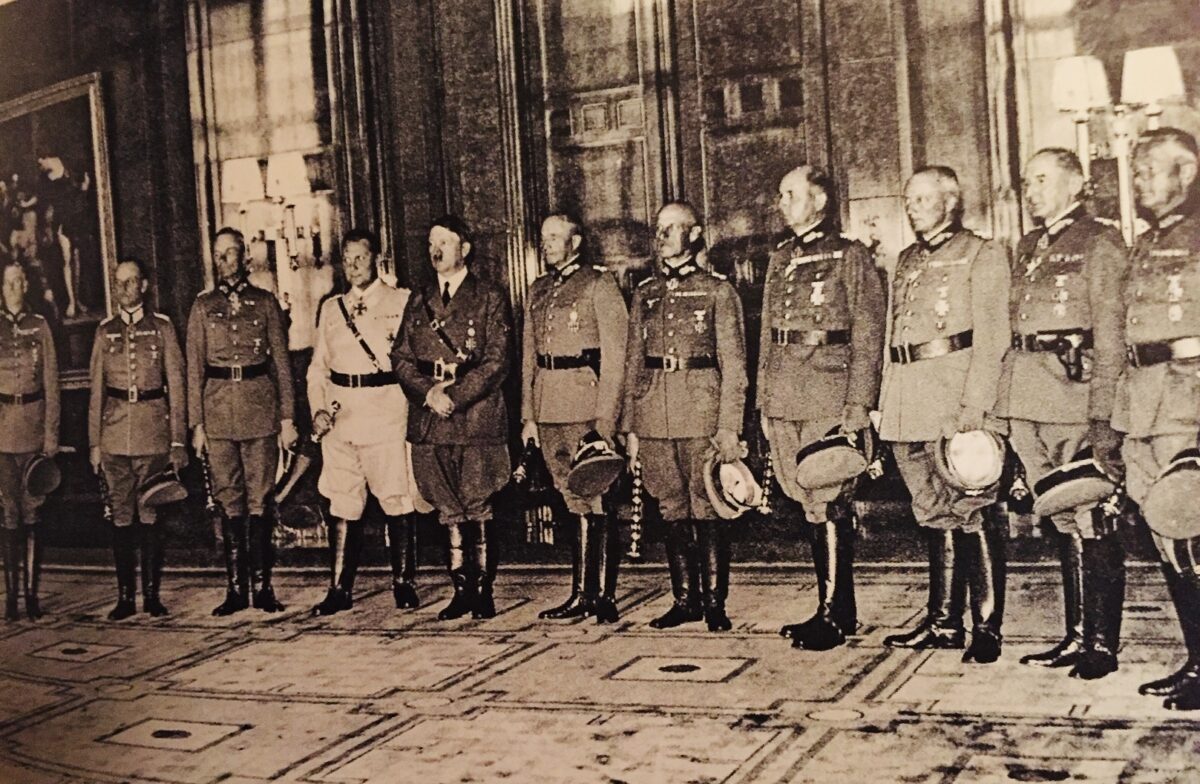German historian Volker Ullrich spent eight years working on his two-volume magisterial biography of Adolf Hitler, whom his colleague, Golo Mann, has rightfully labelled as a “repulsive subject.” In the first book, Hitler: Ascent, 1889-1939, Ullrich meticulously charted his trajectory from Austrian-born demagogue to Germany’s chancellor. The volume under review, Hitler: Downfall, 1939-1945 (Alfred A. Knopf), encompasses the turbulent period from World War II until his suicide.
Admirably translated from the German by Jefferson Chase, it’s a brilliant work of scholarship, brimming with piercing insights and refined by flowing prose. If you read it from cover to cover, you will likely not have to read another book on this topic for a long time. Ullrich, a historian and a journalist, has certainly done his homework.

In the introduction, he summarizes his thesis. “War gave Hitler the opportunity to act on his ideological obsessions and realize his homicidal aims: the conquering of ‘living space in the east’ as a basis for German domination of first Europe, then the world; and the removal of Jews from Germany and, if possible, the whole European continent.”
Not one to mince his words, Ullrich argues that Hitler could not have implemented his goals without the active assistance of all the institutions of the Nazi state, including the armed forces, and broad sectors of German society.
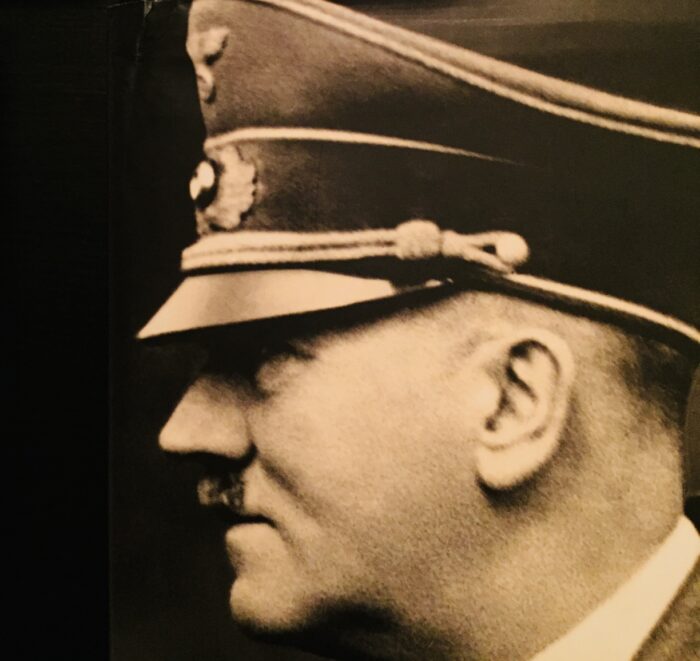
By 1939, six years into his chancellorship, Hitler was firmly ensconced in power, having established a dictatorship on the ruins of the Weimar Republic. Despite Kristallnacht, the nation-wide pogrom of 1938, Hitler enjoyed the overwhelming support of the German people. He had eradicated mass unemployment. And in addition to regaining land lost in World War I, he had acquired new territories without shedding a single drop of German blood.
But thirsty for fresh conquests, he exerted diplomatic pressure on Poland, demanding the return of Danzig and the construction of an extraterritorial railway line and a road to East Prussia through the Polish corridor. As well, Hitler wanted Poland to join the 1936 Anti-Comintern Pact, consisting of Germany, Italy and Japan. In exchange for these concessions, Germany would guarantee Poland’s borders and extend their 1934 non-aggression treaty for up to 25 years.
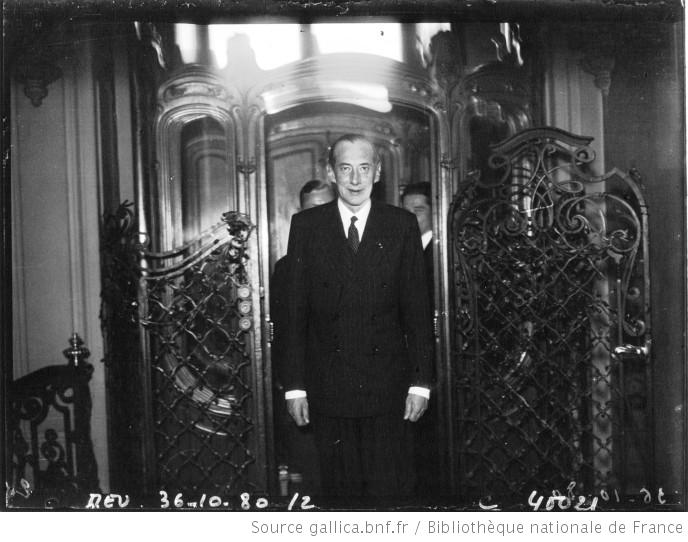
The Polish foreign minister, Jozef Beck, flatly rejected the proposals of his German counterpart, Joachim von Ribbentrop. And much to Hitler’s further annoyance, Britain and France issued declarations guaranteeing Poland’s independence. Instead of reconsidering his demands, Hitler ordered the Wehrmacht to draw up plans for an invasion of Poland. He assumed that Britain and France would not risk war for Poland’s sake.
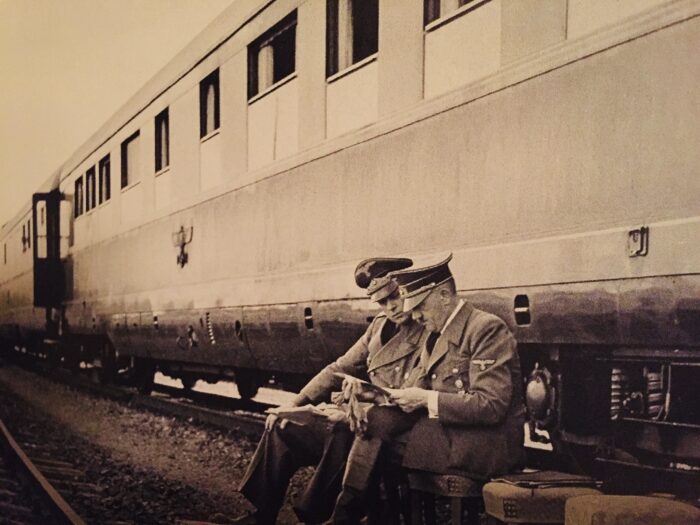
Hitler’s Italian ally, Benito Mussolini, was far more realistic. Through his foreign minister, Galeazzo Ciano, he warned the Germans that a war with Poland had to be avoided because it would broaden into a global conflict with disastrous consequences for all parties.
As these deliberations took place, Hitler’s mortal ideological enemy, the Soviet Union, signalled it was ready for a rapprochement with Germany. Its ruler, Josef Stalin, was loathe to be dragged into a war and, cognizant of Hitler’s aggressive aims toward his country, needed time to build up his armed forces after the purges of the late 1930s.
Several days before German troops poured into Poland, Germany and the Soviet Union signed a non-aggression agreement carving up spheres of influence in Poland, the Baltic states and Finland. The bombshell announcement took Europe totally by surprise.
Having created the Gleiwitz border incident to justify its invasion, Hitler ordered 54 divisions, comprising 1.5 million men, to invade Poland. Polish hopes that Britain and France would launch a counter-offensive were dashed, but the invasion triggered a full-scale war. “Germany alone bears absolute and sole guilt for that conflict,” says Ullrich.
Less than three weeks later, the Red Army invaded Poland.
Germany’s casualties were higher than expected, with 11,000 German troops having been killed and 3,000 wounded in a few weeks of combat. By contrast, 70,000 Polish soldiers died on the battlefield.
Ullrich contends that the invasion, from the very outset, was “a war of racial extermination,” with Germany primed to establish a new order in Central Europe. The German governor of Poland, Hans Frank, boasted that Poles “would never again dare to see Germans as anything but masters.” Almost immediately, Jews — and Poles — were ruthlessly slaughtered, in a prelude to mass murder and the Holocaust.
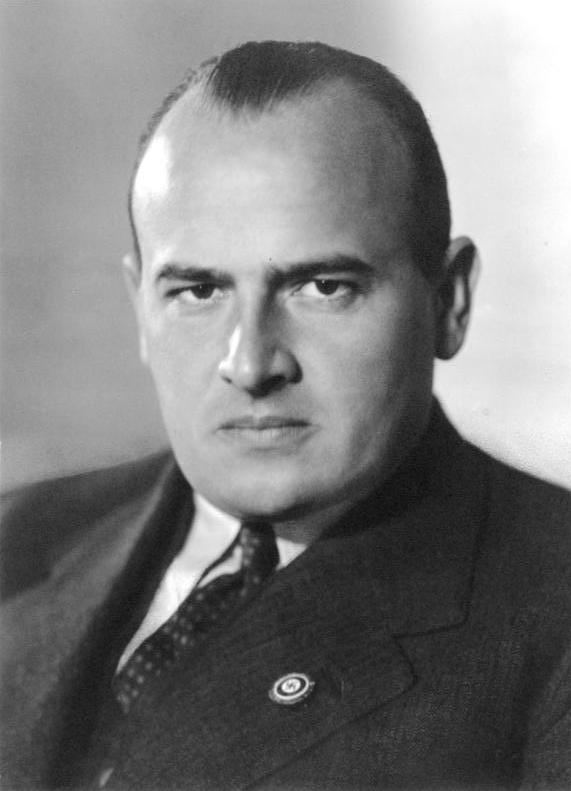
As he points out, Hitler never lost sight of his long-term objective to destroy the Soviet Union and its communist system of government and thereby gain “living space” for German settlers. He was of the view that this goal could be achieved after Britain and France had been subdued. Hitler’s conviction was that no serious military resistance could be expected from the Soviet Union.
Fearing that Britain would occupy Norway and cut Germany off from its vital supply of Swedish iron ore, which was shipped through the Norwegian port of Narvik, Germany invaded Norway. Denmark, Holland and Belgium, the next targets of Nazi aggression, capitulated instantly.
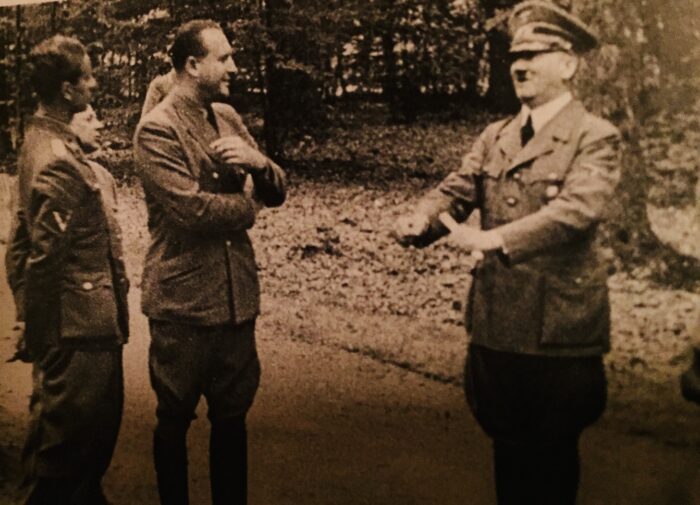
Germany defeated France in short order, reversing its defeats in World War I. “Our humiliation has been erased,” German Propaganda Minister Josef Goebbels crowed in his diary. In Ullrich’s estimation, Germany’s victory over France was Hitler’s crowning achievement, the apex of his popularity.
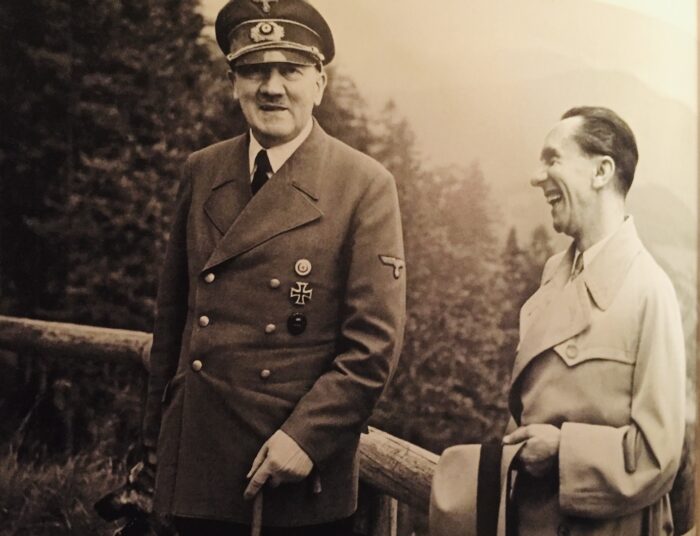
Hitler hoped to reach a peace agreement with Britain, but British Prime Minister Winston Churchill was not interested — prompting Hitler to lash out at “blood-spattered Jewish capitalist war mongers” in London and to start planning Operation Sea Lion, the invasion of the British isles. In the meantime, the German Air Force launched bombing raids against British cities. British aircraft responded, sparking the Battle of Britain and forcing Germany to call off its proposed invasion.
The United States, while remaining neutral, was pro-British. Defying isolationist tendencies, President Franklin Roosevelt supplied Britain with 50 warships in return for permission to station troops on British soil and in the Caribbean. Goebbels, in his diary, lambasted Roosevelt as “a Jewish underling.”
By Ullrich’s reckoning, Germany decided to invade the Soviet Union in the waning weeks of 1940, with Hitler believing that Operation Barbarossa would be completed within four months. In the early hours of June 22, 1941, 160 German divisions, encompassing more than three million soldiers, crossed the Soviet border in an offensive that would ultimately determine the outcome of the war in the Allies’ favor.
The German campaign was a pitiless war of conquest and an exercise in unparalleled brutality. Three million of the 5.7 million Red Army troops captured died of neglect, disease and hunger, and Russian civilians were cruelly mistreated.
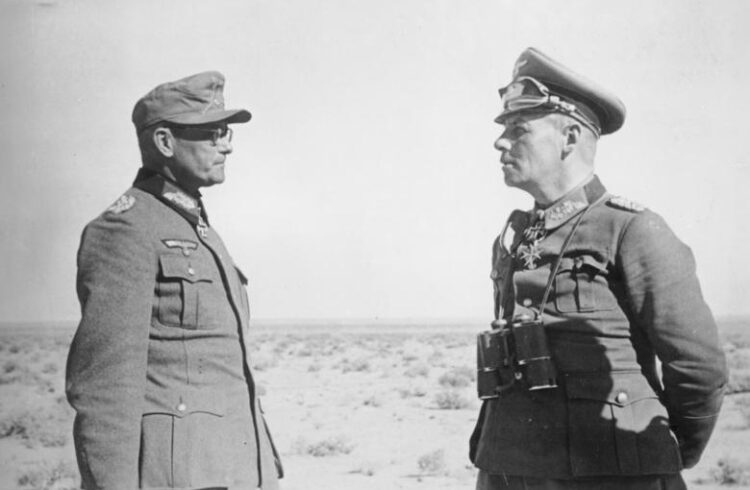
By that point, Hitler had committed the Afrikakorps, commanded by General Erwin Rommel, to Libya to assist faltering Italian forces, while Romania, Hungary, Slovakia and Bulgaria had joined the German side.
Hitler’s decision to declare war on the United States, following Japan’s attack on Pearl Harbor on December 7, 1941, was another miscalculation on Hitler’s part. Hitler thought that Japan would tie down the U.S. in the Pacific theater and weaken Britain’s bastions in Asia, giving him time to wear down the Red Army. Soon enough, he realized that he and the general staff had “completely underestimated the might and especially the equipment of the Soviet armies,” as Goebbels admitted.
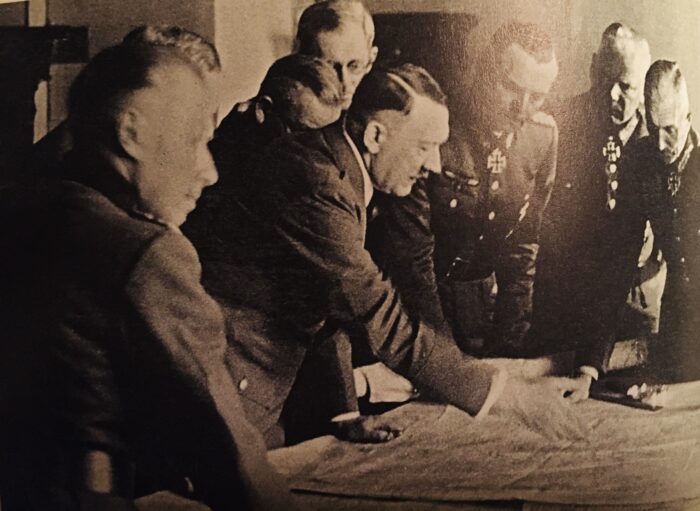
Within nine months of the launch of Operation Barbarossa, 1,073,066 German soldiers had been killed, wounded or had gone missing. They represented roughly one-third of Germany’s manpower in the Soviet Union.
Ullrich devotes an illuminating chapter to the Holocaust. Since the 1920s, as he notes, Hitler had been obsessed with “removing Jews in their entirety” from Germany and the European continent and conquering fresh “living space” to accommodate Germany’s population growth. Hitler, in a fiery speech in 1939, had threatened Jews with annihilation. With Operation Barbarossa, he was in a position to realize his twin objectives.
Ullrich is certain that, without Hitler and his eliminatory antisemitism, the genocide of European Jews “would not have happened.” Absent his approval, Hitler’s henchmen, from SS chieftain Heinrich Himmler on down, would not have been able to “organize, execute and justify the Holocaust.”
On the eve of the war, around 200,000 Jews still remained in Germany, an impoverished, terrified and isolated minority at the mercy of an evil regime. From 1933 onward, Jews had been allowed to leave, but after October 1941, emigration was officially prohibited and deportations got underway. The first 20,000 deportees were sent to the Lodz ghetto in Poland, and the second batch of 33,000 deportees were transported to ghettos in Minsk, Riga and Kaunas.
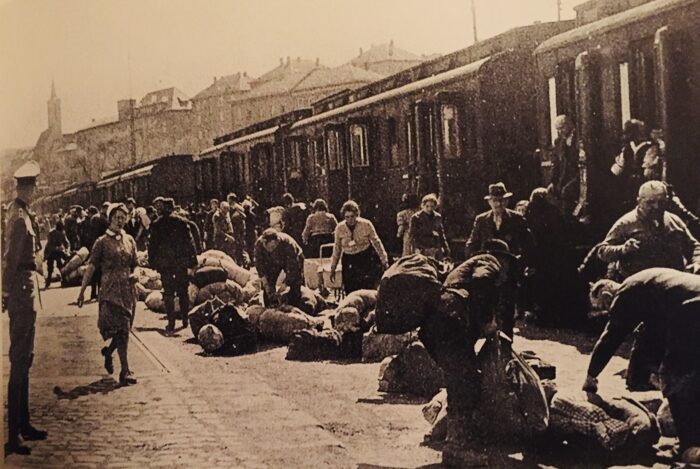
“The systematic destruction of Jews was not yet under discussion,” says Ullrich, “but Hitler left no doubt that their fate would not be a happy one.” The “Jewish question,” he insisted, was a racial one.
By this juncture, the Nazis regarded Jews with the utmost hatred and contempt. “Jewry is a waste product,” wrote Goebbels. Frank, who ruled over three million Jews in Poland, said, “They are not human beings any more. They are animals. We have to make surgical cuts here, very radical ones.”
For a while, the Nazis considered a territorial solution in the French colony of Madagascar off the eastern coast of Africa. This project was mothballed in early 1942, when the mass murder of Soviet Jews began in earnest. Mobile killing squads, known as Einsatzgruppen and staffed by 3,000 killers, massacred Jews by the tens of thousands.
Occasionally, Wehrmacht troops participated in the shootings. “Many soldiers had thoroughly internalized antisemitic stereotypes and were convinced that no limits applied in the fight against ‘Jewish Bolshevism,'” says Ullrich.

One of the worst culprits, General Walter von Reichenau, the commander of the Sixth Army, was a fanatical Nazi who claimed that Germany’s “historical task” was to “liberate the German people once and for all from this Asiatic-Jewish peril.”
Responding to catastrophic food shortages in the Soviet Union, Nazi leaders began to consider ways of murdering Jews on an industrial scale. Toward the close of 1941, gassing vans at Chelmno were deployed to kill Jews from the Lodz ghetto. Himmler also ordered the construction of the Belzec extermination camp in eastern Galicia. “The transition to systematic, factory-like genocide was underway,” says Ullrich.
Alfred Rosenberg, a Nazi ideologue and the minister of the eastern territories, was unabashedly candid about the necessity for a “final solution.” As he put it in 1941, “There are some six million Jews living in the east, and this question can only be solved by the biological eradication of the entirety of Jewry in Europe.”
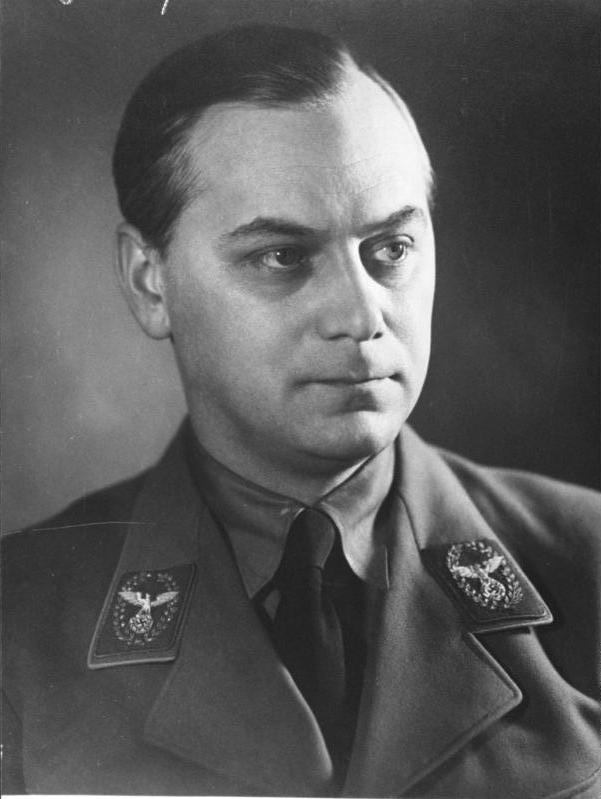
In his public tirades against Jews, Hitler was relatively circumspect. “He preferred to adopt a strangely ambivalent way of speaking that both revealed and concealed the horrors that were unfolding,” says Ullrich. Indeed, he never issued a formal written order to murder the Jews of Europe. But his antisemitic rhetoric was seized upon by top-level officials and functionaries and their subordinates in the field.
Hitler created a climate of “murderous violence that made the Holocaust possible,” he explains. “There was no need for a written order.”
The decision to physically eliminate Jews was taken at the end of 1941. On January 20, 1942, 15 high-ranking officials assembled at a lakeside villa in the Berlin suburb of Wannsee to discuss this diabolical plan. Eleven million Jews, some in neutral countries, were to be affected by this order.
A month after the Wannsee meeting, work commenced on the construction of a second death camp, Sobibor. Himmler commissioned the building of Treblinka in April. By now, the Nazi regime was intent on pressuring neighboring countries to give up their Jewish citizens. “The most severe punishment to which they can be condemned is still too mild,” wrote Goebbels.
The mass deportation of Jews from the Warsaw ghetto in the summer of 1942 marked the start of the most murderous phase of the Holocaust, Ullrich observes. By the autumn of 1942, 1.7 million Jews had been murdered in Belzec, Sobibor, Treblinka and Aushwitz-Birkenau.
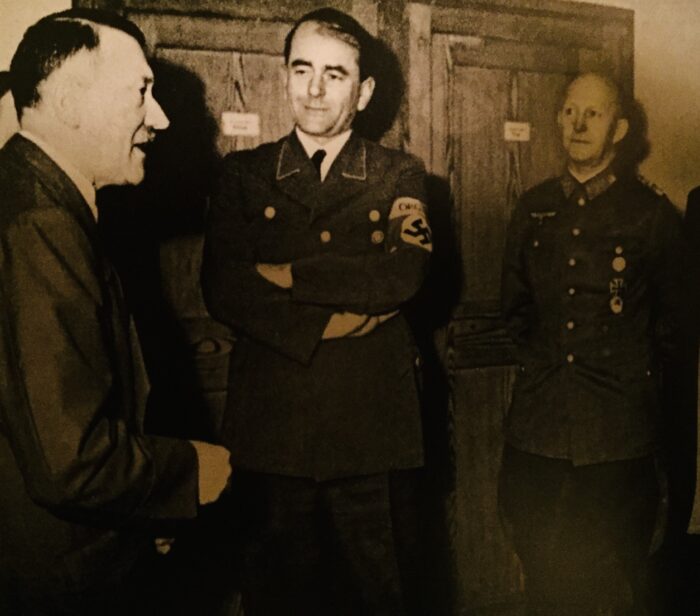
He estimates that some three million Jews were killed in extermination camps, 700,000 died in gas trucks, 1.3 million were shot in mass executions, and about one million perished in the ghettos and the concentration camps.
“The Holocaust was the result of a finely worked out division of labor,” he concludes. “Along with the SS and the Nazi Party apparatus, a multitude of institutions, offices, organizations and social groups were involved. Without the Wehrmacht’s assistance and cooperation, the Einsatzgruppen and police battalions would not have been able to operate. Local authorities and police administrations did their bit by issuing deportation orders and guarding the transports as they took place. Others who were complicit included German railway employees who drew up the timetables and dispatched trains; Foreign Ministry diplomats who prepared the deportations to other countries; collaborators who served the German occupiers; and the commercial providers of the technology of annihilation.”
Last but not least, experts at the German Finance and Economics Ministry confiscated Jewish assets in an act of “grand larceny.”
Ordinary Germans were not oblivious to these crimes. “While it is true that few Germans knew everything, very few knew nothing,” he says. The “normal” German reaction was to try to deny the unprecedented horror. “People preferred to keep it at a distance or repress it.”
At the bottom of it all was Hitler, Ullrich charges. “His fanatical antisemitism was the engine driving the genocide.”
The Holocaust was perpetrated as Germany waged a war it could not win. In 1942, one of its leading generals, Friedrich Fromm, told Hitler that a military victory was no longer possible. The war in North Africa was going badly, and Rommel tried to convince Hitler to withdraw troops from this front. The submarine war in the Atlantic Ocean no longer favored Germany. With the Sixth Army having surrendered to the Soviets at the pivotal Battle of Stalingrad, the tide definitely turned against Germany. “Stalingrad severely dented Hitler’s popularity and his aura as a ‘genius field commander'” says Ullrich.
With morale sinking, Goebbels ordered radio broadcasts to be made more relaxed and films to accentuate light entertainment. Theaters mounted more comedies, farces and operettas.
In a volte face, Goebbels, in 1943, urged “total war.” As he wrote in the Nazi newspaper Das Reich, “The more radically and totally we wage war, the more quickly we will arrive at a victorious conclusion.” In line with this directive, bars, taverns and luxury restaurants were closed.
With the fall of Mussolini and Italy’s unconditional surrender, Germany invaded Italy, ushering in the deportation of Italian Jews to Nazi extermination camps in Poland.
Suspecting that the fascist Hungarian government would bolt from the Axis alliance, Hitler ordered the invasion of Hungary in 1944. Hitler told Goebbels, “Hungary has 700,000 Jews. We will make sure they do not slip through our hands.”
Within eight weeks of the arrival of German troops, 430,000 Hungarian Jews had been shipped to Auschwitz-Birkenau. “Without the cooperation of Hungary’s puppet government, the German occupiers would never have been able to realize this genocidal campaign,” says Ullrich in a stinging indictment of the Hungarians.
On the day the Allies invaded France, spelling finis to Germany’s occupation, Hitler told the Hungarian prime minister, Dome Sztojay, that Germany intended to resolve the “Jewish question” by means of a “through cleansing.”
Amid the crisis brought on by the Allied landings in Normandy, a decorated German army colonel, Count Claus Schenk von Stauffenberg, attempted to assassinate Hitler in July 1944. He belonged to the nationalist conservative opposition that had turned against Hitler. Other Germans in that camp were the diplomats Ulrich von Hassell and Adam von Trott zu Solz, the former mayor of Leipzig, Carl Goerdeler, the landowners Helmuth James von Moltke and Peter Yorck, and the army officer Henning von Tresckow.
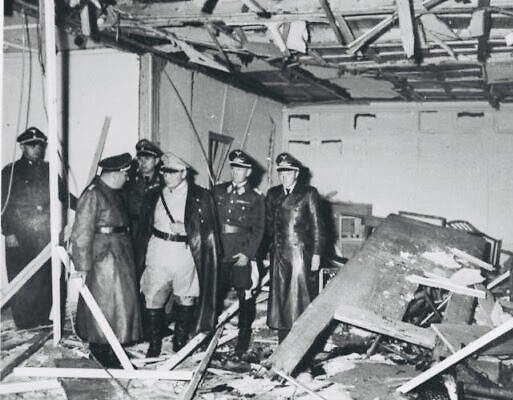
Hitler was slightly wounded by the bomb that damaged the Wolf’s Lair, his headquarters in East Prussia. The plotters, including Stauffenberg, were summarily executed. Their remains, retrieved from a cemetery in Berlin, were cremated and their ashes spread over a landfill.
According to Ullrich, the assassination plot boosted Hitler’s popularity. But within months of its failure, Allied armies crossed the German border near Aachen, while the Red Army recaptured territory that had been conquered by the Wehrmacht. Even Goebbels was glum. “No one believes in a German victory any more,” he wrote.
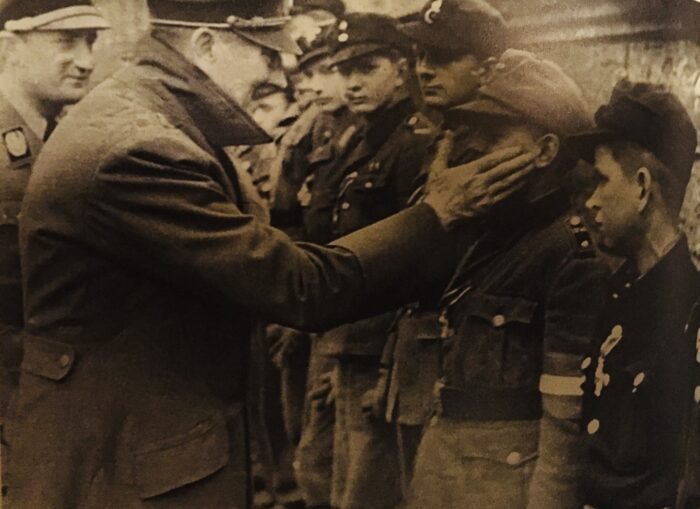
With Germany’s prospects flailing, Finland pulled out of its alliance with Germany and Romania joined the Allies. Two neutral countries, Turkey and Sweden, swung away from Berlin. Turkey broke diplomatic relations with Germany, depriving it of chrome, a vital metal in the manufacture of weapons. Sweden cancelled a transit treaty that had permitted German military transports through its territory.
Germany launched a counter-offensive in December 1944, but the Battle of the Bulge was a costly failure, ending Hitler’s hopes of regaining the initiative. Meanwhile, German cities were relentlessly bombed by Allied planes, causing tens of thousands of casualties.
As Germany’s fortunes plunged, Hitler increasingly withdrew into himself and stopped delivering speeches. His health deteriorated markedly. Even as the regime crumbled, the Nazi terror state functioned. And in its final months of existence, the collapsing Nazi regime subjected emaciated concentration camp prisoners to death marches which claimed the lives of 250,000 out of 700,000 inmates.
Hitler made no secret of his intention to kill himself if Germany went down to defeat. Himmler, his faithful deputy, offered the Allies Germany’s unconditional surrender, but his proposal was rejected. Hitler was apoplectic when he heard the news.
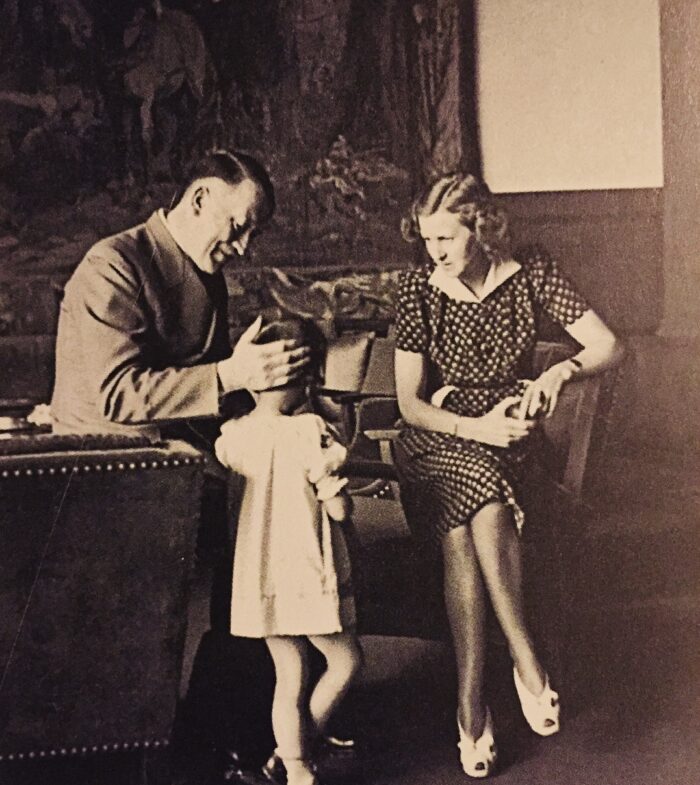
Hitler married his mistress, Eva Braun, on April 28, the eve of his death. The following day, with Soviet troops already in Berlin, he ordered his German shepherd dog Blonde to be poisoned. On April 30, he shot himself in the head with a pistol. Braun swallowed a cyanide capsule. In accordance with Hitler’s wishes, his corpse and that of Braun’s were set alight. Their remains were buried in the courtyard of the Reich chancellery in Berlin.
Convinced that life after Hitler was not worth living, Goebbels and his wife, Magda, poisoned their six children and took cyanide capsules.
Ullrich claims the majority of Germans greeted the news of Hitler’s passing not with sadness but with apathy, even relief. National socialism, the guiding philosophy of the regime, disappeared “like a ghost, almost overnight.”
Symbols of Nazi rule vanished, with portraits of Hitler and swastika flags and uniforms disposed of.
Few Germans were willing to truly acknowledge their complicity in the Holocaust. “Most reflexively looked the other way, just as they had during the Third Reich when faced with the suffering of their Jewish neighbors,” he says.
As Hitler’s Germany receded into the past, he was increasingly seen as a monster who had led Germans astray. “It was a convenient way of evading accountability,” says Ullrich.
The Nazi interregnum in Germany, a civilized nation of culture and refinement, was an aberration in German history. But as Ullrich points out, what happened in Germany between 1933 and 1945 would have been unthinkable without Hitler, whose life is “a vivid example of how a single individual can influence the course of history.”
